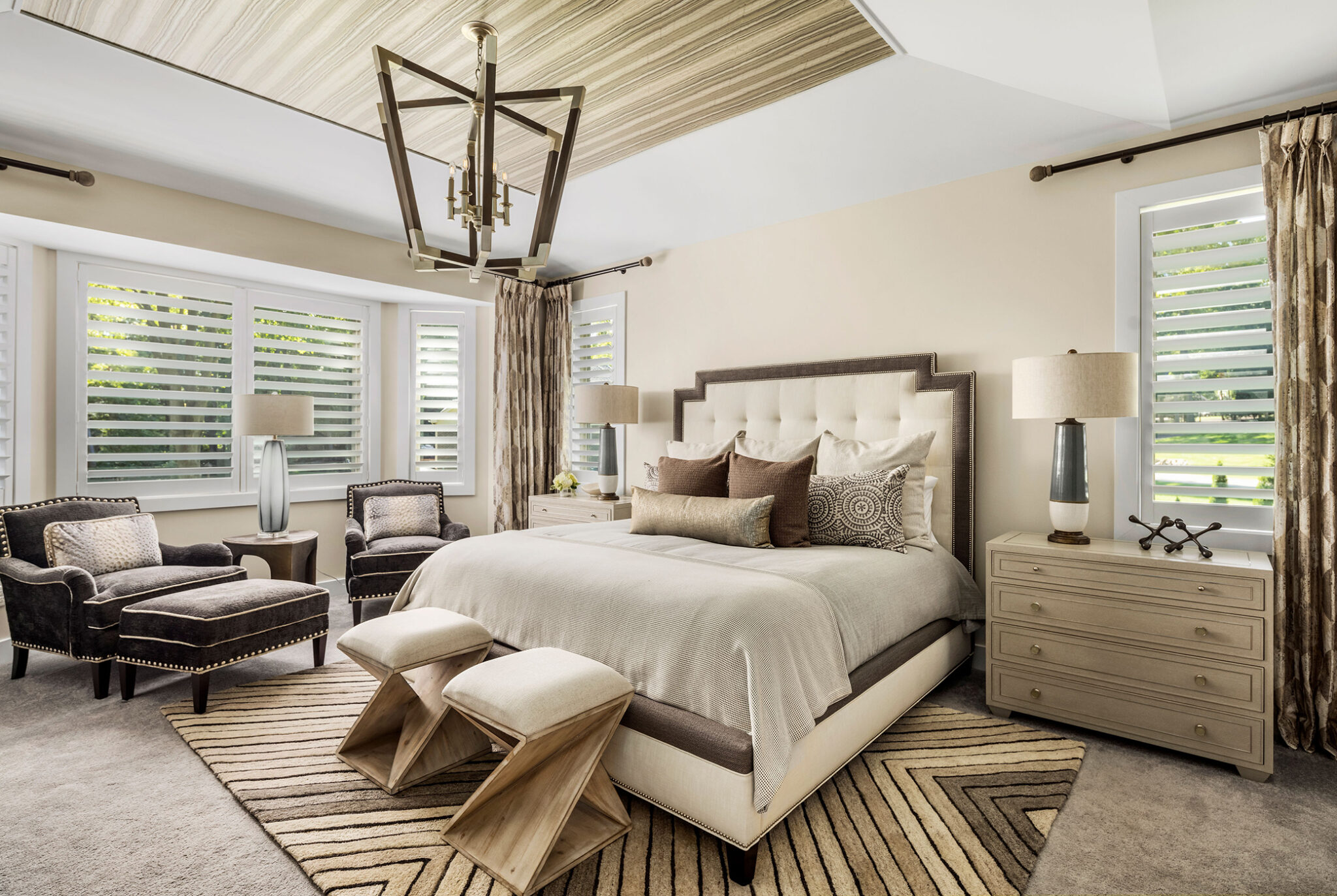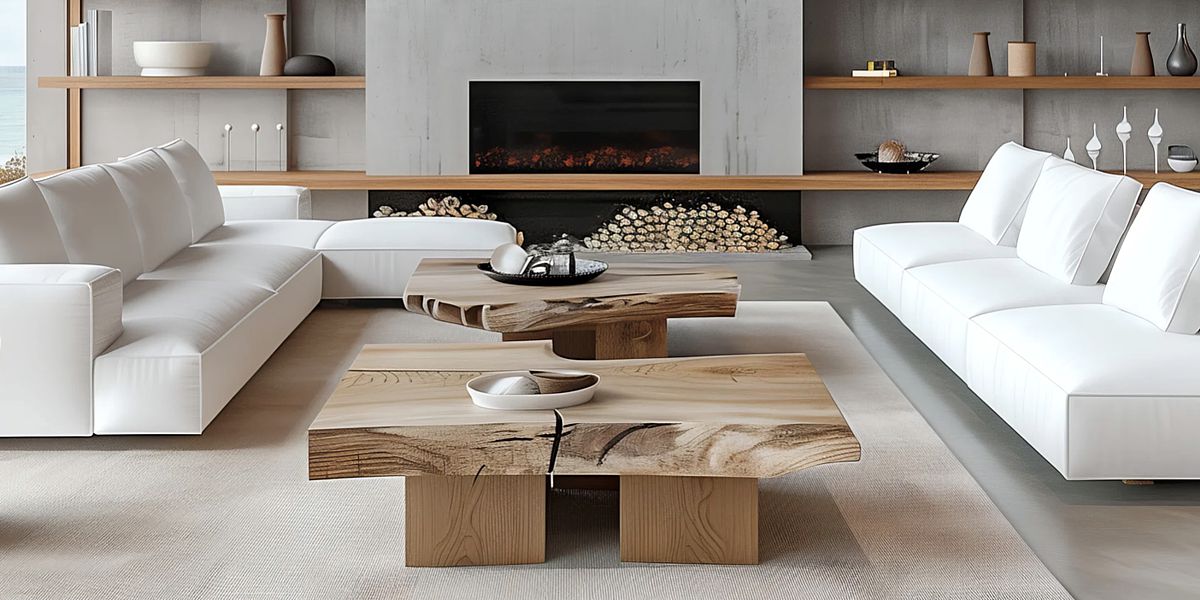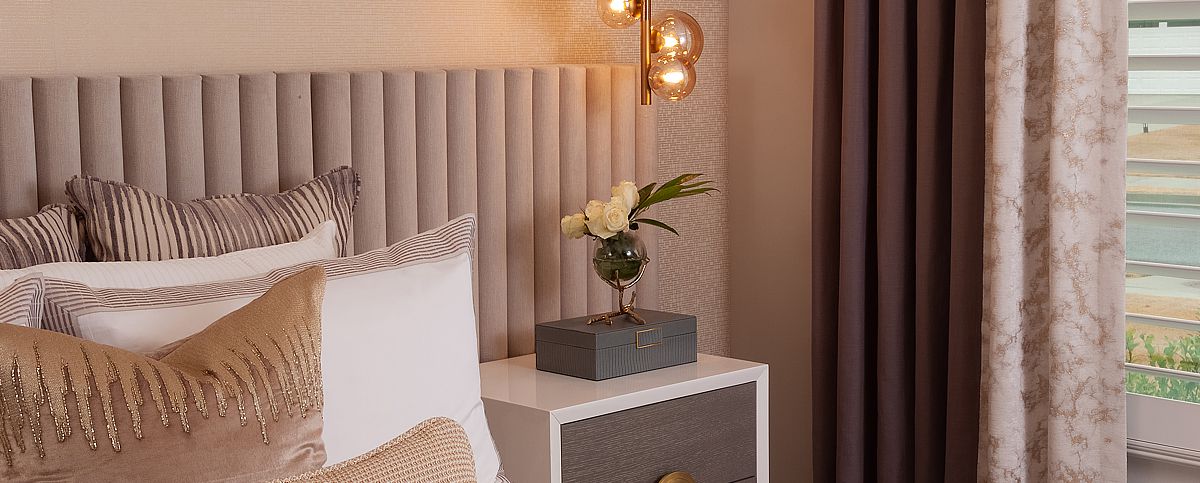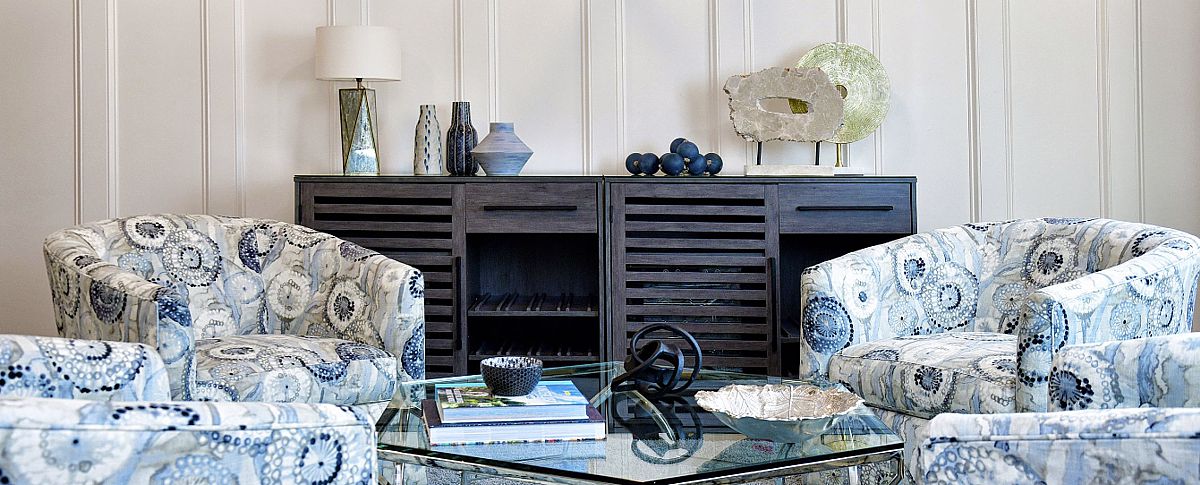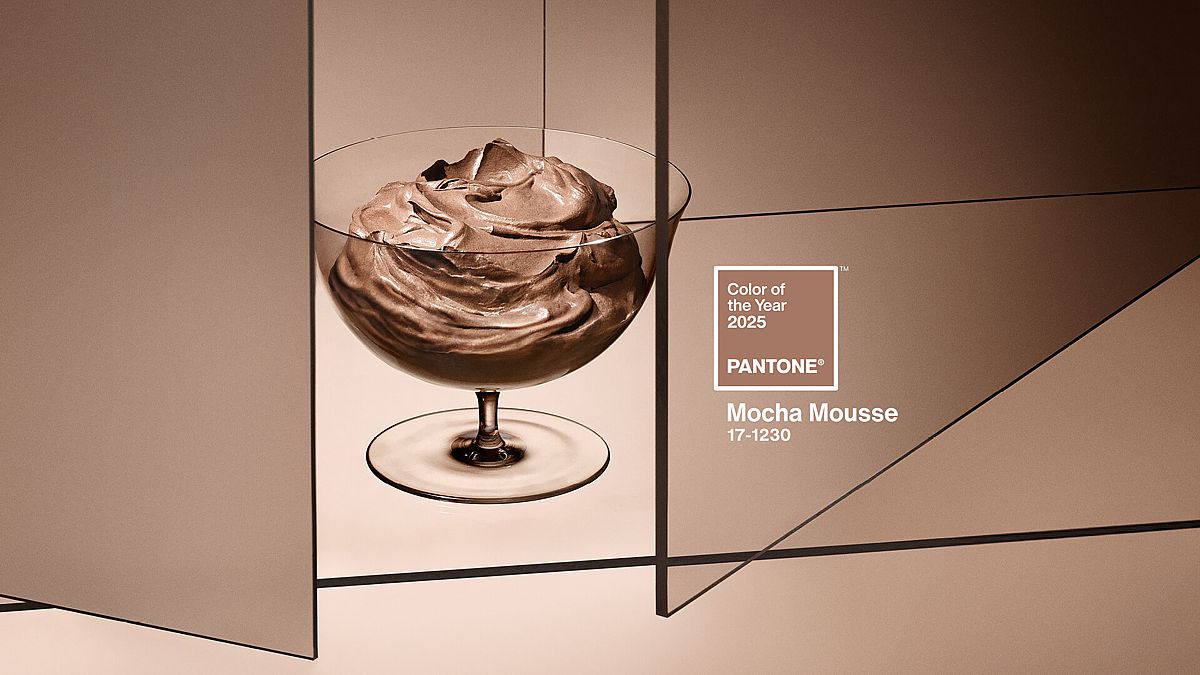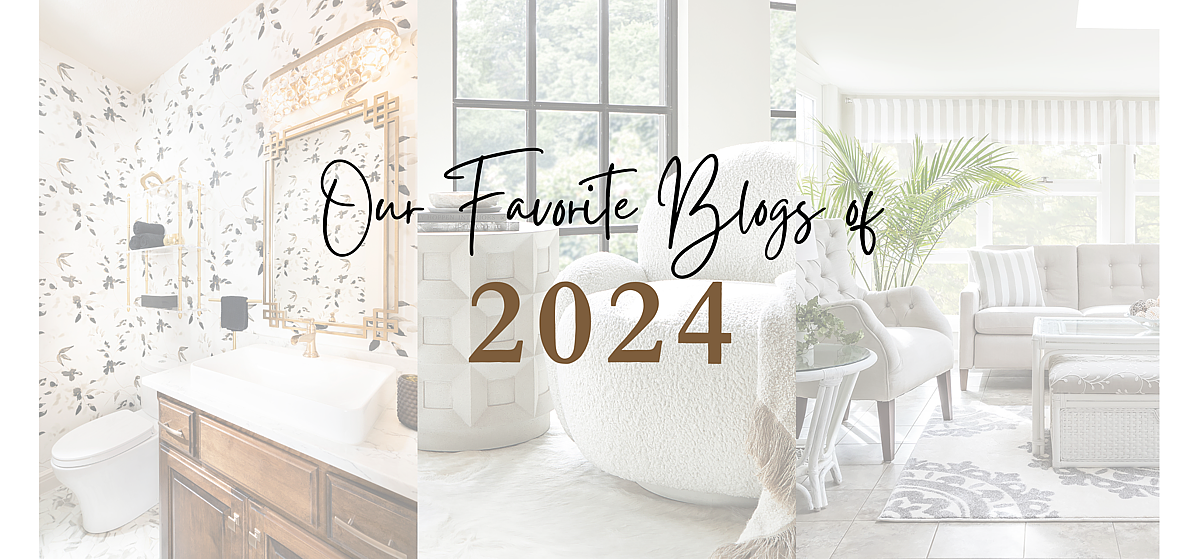People often joke that beige is a dull, unimaginative color. That couldn’t be further from the truth! This staple color is a fantastic way to lay the foundation for other shades and prints, or it can be the star of its own minimalist show. Let’s look at how to decorate with beige interestingly and appealingly.
Exploring Color Theory: Why Beige Works
Some may argue that beige is outdated, but it’s quite the opposite. This versatile color works in almost all contexts and styles, making it classic and timeless. Because it’s neutral, it arguably goes with everything! If you’re gunning for a Maximalist style, beige is a fantastic choice to play a supporting role to other brighter saturated colors. Should you be more of a Minimalist, this subtle color can even form the most significant portion of your color palette.
Although beige doesn’t technically exist on the color wheel, it’s still considered a warm color, which means it’s the perfect complement to reds, oranges, and yellows. It still works beautifully as a base color for cooler shades of blue, green, or purple.

Naturally, it also goes with other neutrals like gray, black, and white. Overall, creating a calm and cozy atmosphere is a fantastic choice. Because it’s quite light, it helps a space appear bigger than it is.
Design Styles That Prove Beige Is Best
Because this color is so adaptable, it suits all sorts of interior design aesthetics, from mid-century modern and bohemian to Victorian and Art Deco. Let’s unpack that a little now.
Minimalism
We’ll begin with Minimalism because it’s often used as an umbrella term for a host of other styles, such as contemporary and modern design. As the name suggests, Minimalism (in the visual arts and design) is all about doing more with less. It prioritizes simplicity, and neutral tones, including beige, often characterize it.
Scandinavian
This design style focuses on functionality rather than beauty for its own sake. It emerged in Nordic countries such as Sweden and Finland in the 1950s, and its popularity soon reached all four corners of the globe. Since the Scandi approach values practicality, beige is often used because it matches many patterns and other shades.
Rustic
Rustic encompasses many styles, such as coastal, Tuscan, and cottage. It’s a very down-to-earth aesthetic that highlights natural beauty. You can also consider bohemian (or “boho”) as a rustic look. Beige is inherently earthy (think stone and clay) and treats this style well.
Mid-century modern
People often use this style when they want their homes to have a “retro” feel. It appeared shortly after the end of the Second World War and gained steam during the 1950s (hence the name). You’ll often see beige used in flooring and walls, owing to its potential role as a blank canvas for furniture and other home decor.
Beige From the Windows To the Walls
Off the bat, it’s crucial to bear in mind that beige isn’t a singular shade. Instead, it comes in varying undertones, so be sure to select the right one, as those subtle variations can make a significant difference to your overall palette.

As mentioned earlier, beige is a fantastic base color for your color scheme. You can pair it with dark shades of a cool color like emerald green, plum purple, and peacock blue to create an air of elegance and sophistication. Add warm tones such as crimson red, apricot, or golden yellow to make the space more inviting.
Not the greatest fan of deeper colors? You can also mix beige with bright colors like fuchsia, lime green, electric blue, or cyan. Light tones work better with neon colors, while darker undertones pair best with jewel tones. Spice up beige walls using an accent color on just one wall to create a stunning color combination.
Alternatively, you can incorporate another neutral color like gray, brown, and earthy red to paint a cozy and welcoming atmosphere. If you take that route, include lighter shades such as cream or ivory for a little contrast; otherwise, the room can get a bit dull!
Decorating a Living Room With Beige
While beige can work in any room of the house, it’s particularly well-suited to living rooms because it’s comforting and homely. A lighter beige is excellent for curtains because it complements natural light and makes a room feel airy and open (especially useful if your living room isn’t all that big, to begin with). Using beige paint on walls around areas of exposed brick creates dimension and contrast.

If you don’t want a primarily beige room, consider using just a beige furry rug or throw blanket to add some texture to the space. Using beige around intricate architectural details like a pressed ceiling, beautifully decorated skirting boards, or a bare wooden floor and rafters can help draw attention to them subtly.
Now, let’s talk about furniture. Your couch and coffee table will naturally be the room’s focal point. Dark or black upholstery works wonders for a couch if the rest of the room is relatively light. It’s also a good idea to bring in deeper shades when selecting your coffee table to make it “pop” against the neutral backdrop. Alternatively, beige cane or wicker furniture creates dimension and layers in a room that could otherwise be flat, and a beige sofa pairs well with walls and flooring in non-neutral colors.
Since beige is so incredibly versatile, it can be confusing to work with if you’re not a decorating aficionado. Fortunately, Michelle Jett – Decorating Den Interiors is here to help! Once you’ve contacted us, your assigned decorator will visit your home to discuss your vision. Then, they’ll start turning your dreams into reality, walking you through every step along the way. Contact us today!

